173-0? The True Story Of Goldberg's WCW Undefeated Streak
How long Goldberg's undefeated streak actually was revealed

Oct 28, 2025
Transitioning from an unknown entity to WCW's top star and capturing the big gold belt within one year of his television debut, few industrial ascents have ever matched Goldberg's rocket boost to wrestling's apex in one of the most unique pushes in the history of the squared circle.
From his first TV match, through to the championship win and for the months that followed, Goldberg was undefeated, amassing what World Championship Wrestling claimed was a 173-match win streak. Every wrestler placed before Goldberg over a 15-month stretch met the same fate: pulverised, speared, jackhammered, left for dead, and immortalised by yet another tally mark.
While his streak has since been eclipsed by Asuka, over WCW's final years, Goldberg's seemingly-endless run of dominance was among the talk of the industry, and cemented Da’ Man as an all-time legend.
Goldberg's televised debut took place on September 22, 1997 when he went one-on-one with Hugh Morrus on WCW Monday Nitro, however the graduate of WCW's Power Plant had actually appeared for the company earlier that year, working six untelevised bouts in June and July, sometimes as Bill Gold.
The new talent picked up his first win over trainer DeWayne Bruce (AKA Sgt. Buddy Lee Parker) and he enjoyed further victories against Buddy Landell, Hugh Morrus, fellow prospect Chip Minton, and a lesser-known individual named John Betcha. Goldberg actually lost one match before The Streak even began, however, losing to Chad Fortune in an untelevised bout at a TV taping on July 8.
September 22 was the proper moment of arrival, though, innocuous as it began. The aforementioned Hugh Morrus made his way to the ring for what looked to be a squash match against an unknown individual in plain black trunks. Though suitably intimidating with his bald head and impressive physique, this Bill Goldberg had no theme song or accompanying fanfare. Even the announcers made it clear they knew nothing about him.
Just as it appeared Goldberg was due to be flattened beneath Morrus' No Laughing Matter Moonsault, the brief match turned by its midway point. After kicking out of the manoeuvre, Goldberg took over on offence and performed an arbitrary standing back-flip. From there, the newcomer muscled Morrus over with several slams before finishing him off with the delayed vertical suplex-turned-powerslam finish that would become the Jackhammer. With fans suitably impressed by his stoic dismantling of Hugh Morrus, Goldberg icily raised a solitary finger to the camera and muttered, "That's one."
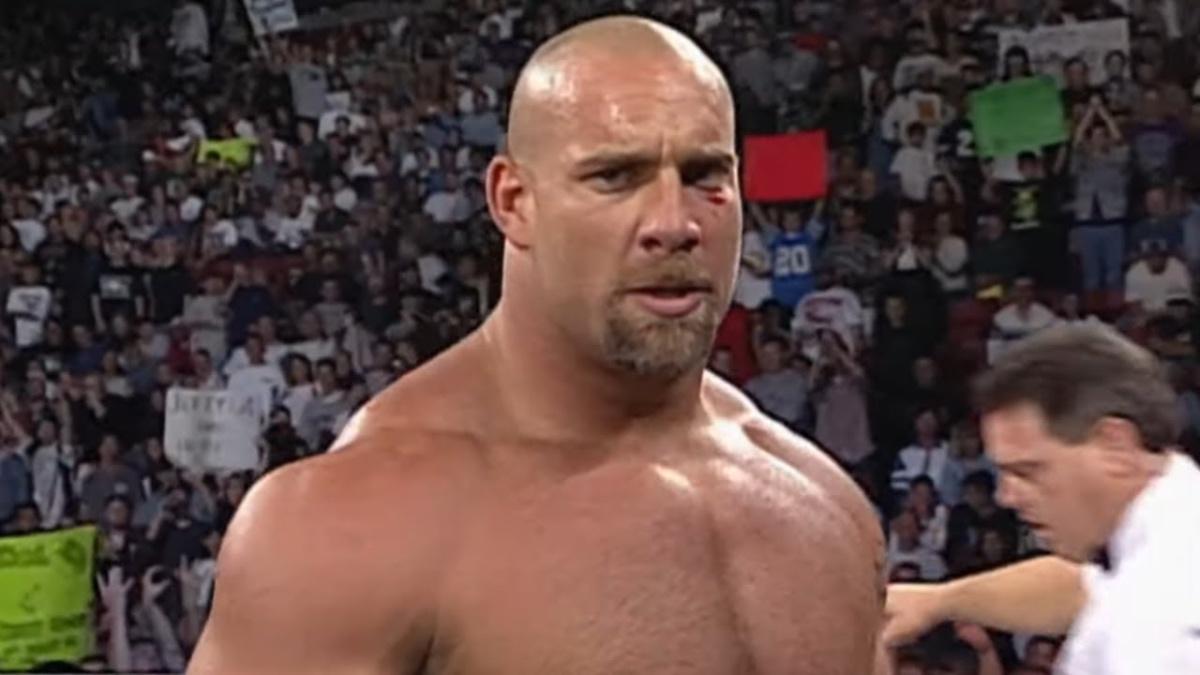
By most sporting measures, a "streak" begins with three wins, and Goldberg would be able to raise three fingers in short order. A week later on Nitro, Goldberg took down another heavyweight in The Barbarian. At WCW's Saturday Night tapings just a few days later, Goldberg defeated the 375-pound Road Block.
Reportedly, The Streak was the idea of announcer Mike Tenay. It was a basic and rudimentary plan; have a big scary looking heavyweight debut from out of obscurity and demolish the opposition one by one, slowly ascending up the card as, quite simply, a wrestler that beat everybody.
For a few weeks, Goldberg picked up victories away from the bright lights of Nitro. Veterans and undcard performers like Manny Fernandez, Frankie Lancaster, Scotty Riggs, and Mike Anthony joined the body count, before Goldberg picked up win number eight on the October 20 Nitro against the towering Wrath in just 20 seconds.
Goldberg ended up finishing 1997 at 14-0, adding Bobby Eaton, Mark Starr, Renegade twice, and Glacier to the list, while scoring his first pay-per-view victory over Steve "Mongo" McMichael at Starrcade.
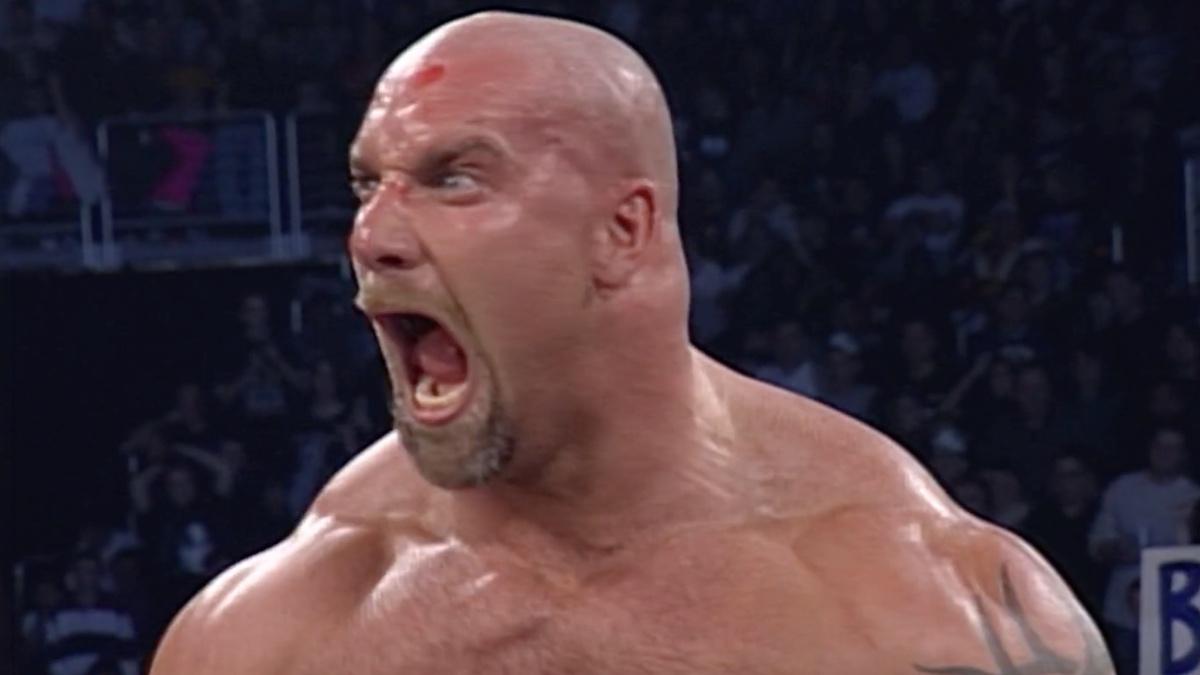
During the early months of 1998, Goldberg brought his streak to 29 wins, defeating in succession Bobby Eaton, Brad Armstrong, Stevie Ray, Barry Horowitz, Mongo again, Jerry Flynn, Chavo Guerrero Jr, enhancement talent Mike Tolbert, Meng, Kendall Windham, Armstrong again, Yuji Nagata, DeWayne Bruce, Mark Starr, Disco Inferno, and Jim Powers.
Fans by now had caught on to Goldberg's rare mystique, accentuated by primal snarls, punishing hits, and a unique entrance beneath a commanding orchestral score. The moment the percussion hit, the drones of "Goldberg" rang throughout crowds numbering beyond 15,000.
Fans were eating up the wash-rinse-repeat squashes, but win number 30 was hardly formulaic as Goldberg had a disastrous match with Lord Steven Regal, with both competitors failing to be on the same page throughout the short contest, which included Regal seemingly taking a few stray shots at the rookie. Goldberg won as planned, but WCW fired Regal in the aftermath.
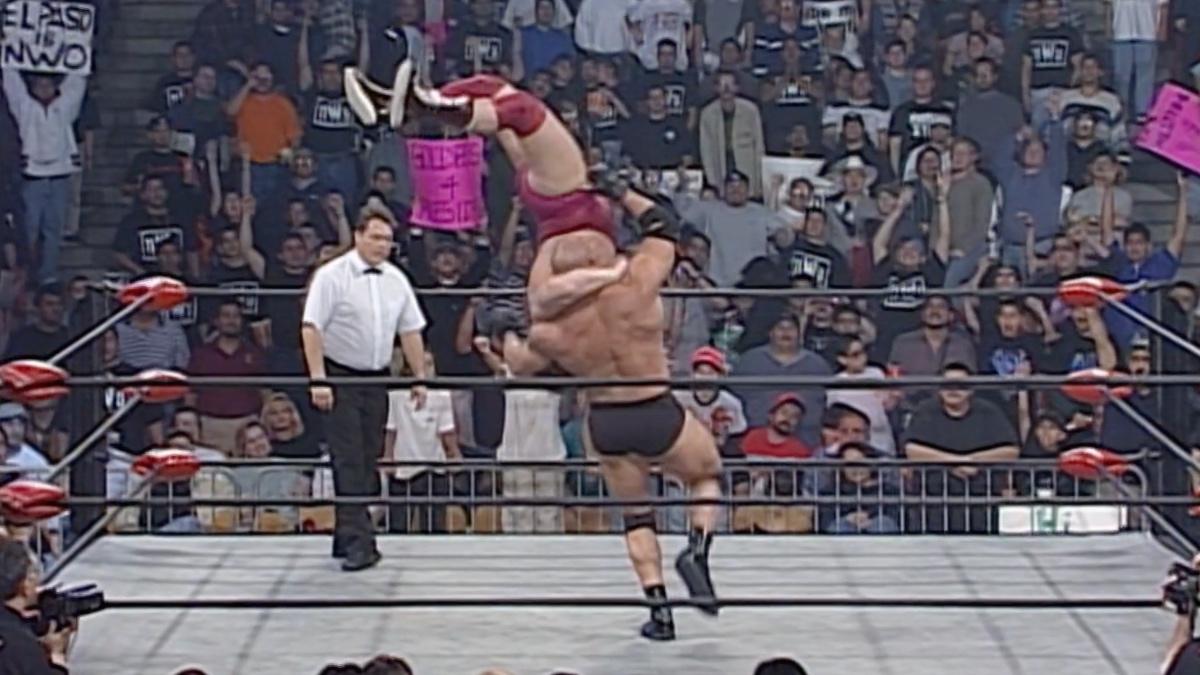
Goldberg next notched seven more wins, over Glacier, Mongo twice, Joey Maggs, Hugh Morrus, Jerry Flynn, and Fit Finlay, en route to February's SuperBrawl where he was thrown in an unannounced bonus match against Brad Armstrong, whom WCW hadn't used beyond the enhancement level in some time. Nonetheless, the San Francisco crowd treated Goldberg like a huge deal when he turned up to make mince meat out of Armstrong on his way to another win.
Over the two months that followed, Goldberg padded his record with 34 more victories, almost exclusively over unpushed wrestlers. Many of the bouts were against Armstrong, while Goldberg also scored a string of victories over Jerry Flynn. Familiar faces like Finlay, Barry Darsow , Flock members Sick Boy and Lodi, Vincent, and Ray Traylor became statistics in the Goldberg parade of wins.
There was something undeniably satisfying about the Goldberg formula, the manner in which he cut through his opponents before delivering his spear and Jackhammer coup de grace. On a show with nWo anarchy and cruiserweight daredevilry, Goldberg's squash-tastic act stood out on its own merits.
By April 1998, it was time for Goldberg to move on to bigger opponents. At Spring Stampede, Goldberg put away the decently-pushed Perry Saturn in eight minutes. Though a bit longer than his usual fare, Goldberg looked good with a strong hand like Saturn, who knew exactly how to accentuate what Da’ Man did well.
One day later, on the April 20 episode of Nitro in Colorado Springs, Goldberg defeated Raven in under five minutes to win the United States Championship. The entire Flock ran interference, but Goldberg neutralised every intruder as Raven became the 74th notch in Goldberg's belt, succumbing to the Jackhammer like all those before him.
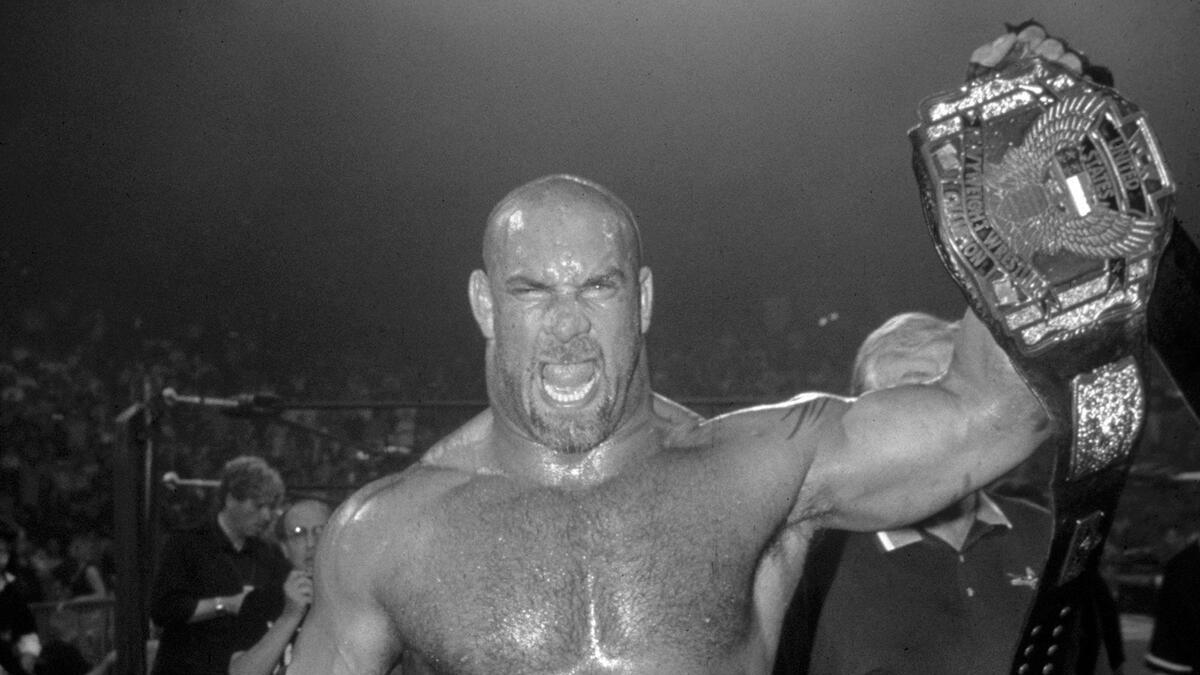
Goldberg was now 74-0. Fans were fully in on the fun of his winning streak, and began bringing signs to events that depicted the unblemished record. Curiously, though, WCW took the liberty of inflating Goldberg's number of wins, adding on more victories than their new US Champion had actually attained. Hardcore fans, meanwhile, managed to figure out a more accurate match guide for the rising star which contradicted WCW's claims of a greater win total. While the number of wins was a point of argument, all that really mattered was the zero that followed the win total.
Post-title victory, Goldberg went back to obliterating undercard occupants. Aside from a string of house show victories over Perry Saturn, Goldberg bolstered his record with wins over Van Hammer, Barry Horowitz, territorial veteran Len Denton, and others in this period, including a couple of wins against Scott Norton in the same year that Norton would win the IWGP Heavyweight Title.
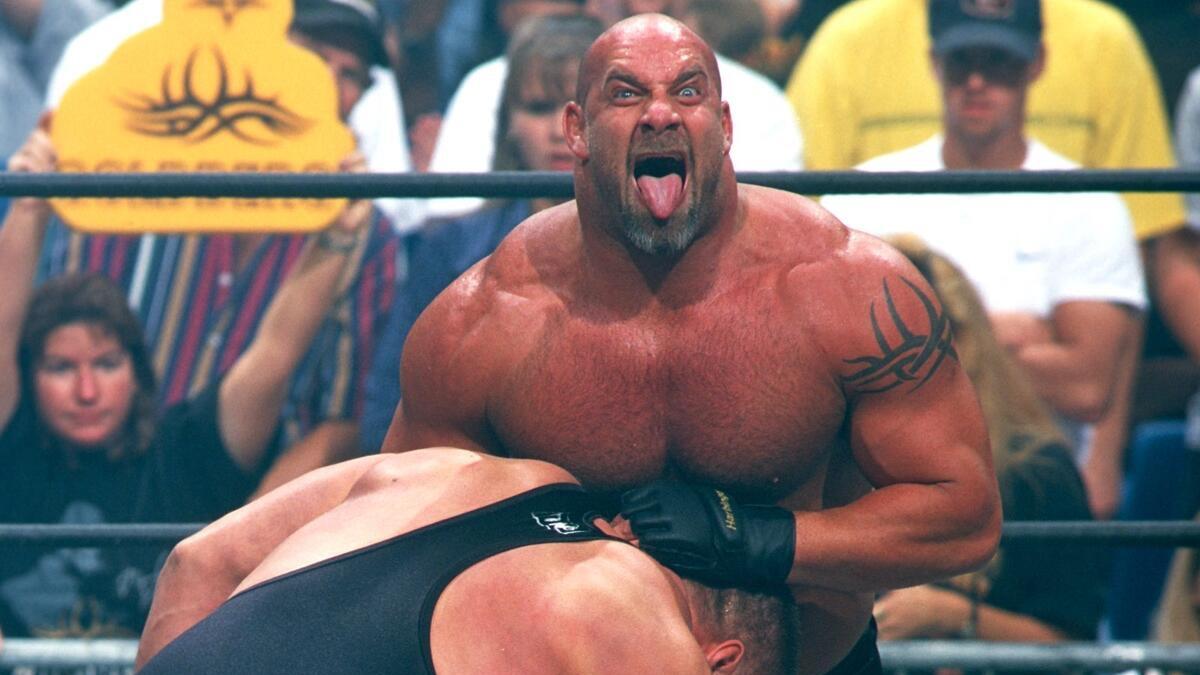
By June 1, Goldberg was 92-0. His competition picked up on the approach to the summer as he beat La Parka, The Faces of Fear in a handicap match, a slightly-better pushed Chavo, and Raven over the first week of the month.
On June 13, at a house show in Pittsburgh one night before The Great American Bash, Goldberg notched his 100th victory - in an unplanned match. After defeating Konnan in a tune-up to their PPV bout to claim his 99th victory, Goldberg scored the biggest win of his career to date. Sting was originally supposed to face The Giant on the card, but after the big man no-showed, typically-unselfish Sting volunteered to put Goldberg over in a short match to give the crowd something they would remember, ultimately losing to Da’ Man in one minute.
Though WCW had sullied the public streak count with their constant finessing, Goldberg's legitimate 100th straight win came in total annihilation of The Icon before thousands of Pittsburgh fans at the height of Crow Sting’s popularity, just months after Starrcade 1997.
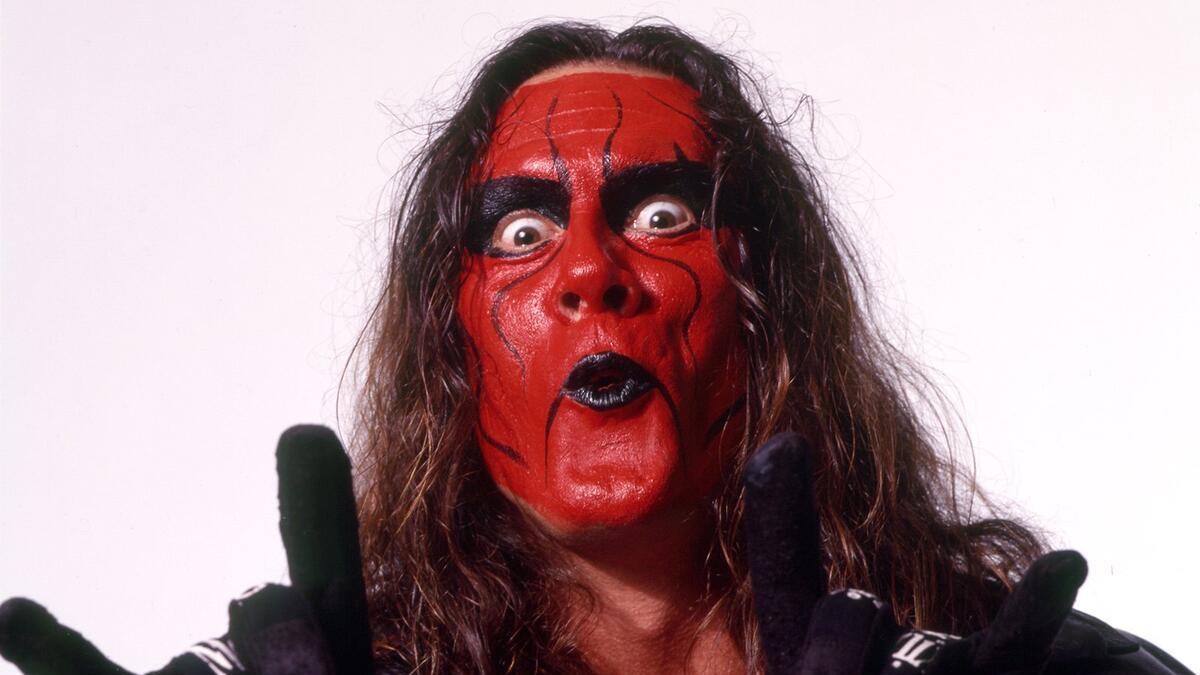
After defeating Konnan in mere minutes at Great American Bash, Goldberg went on to end June at 105 victories. By this time, it looked inevitable that Goldberg would upgrade to the Big Gold Belt. The only question was what day was to be circled in red for the coronation.
The day came sooner than many expected. For July 6, WCW booked the Georgia Dome in Atlanta for Nitro and up until the waning days before the event, no title change was planned. Hollywood Hogan had previously offered to lose to Goldberg in an untelevised, non-title bout in front of the 40,000 fans in attendance, but Eric Bischoff had another idea.
With Nitro needing something to end their months-long futility against suddenly-red hot WWF Raw, Bischoff booked Hollywood Hogan vs. Goldberg for the actual telecast with the WCW World Heavyweight Title on the line.
After defeating nWo deputy Scott Hall in an earlier obstacle on Nitro, Goldberg reemerged to take Hogan down in eight minutes to win the title. The match's final sequence featured some of the wildest crowd reactions ever caught on tape, as complete hysteria engulfed the Georgia Dome.
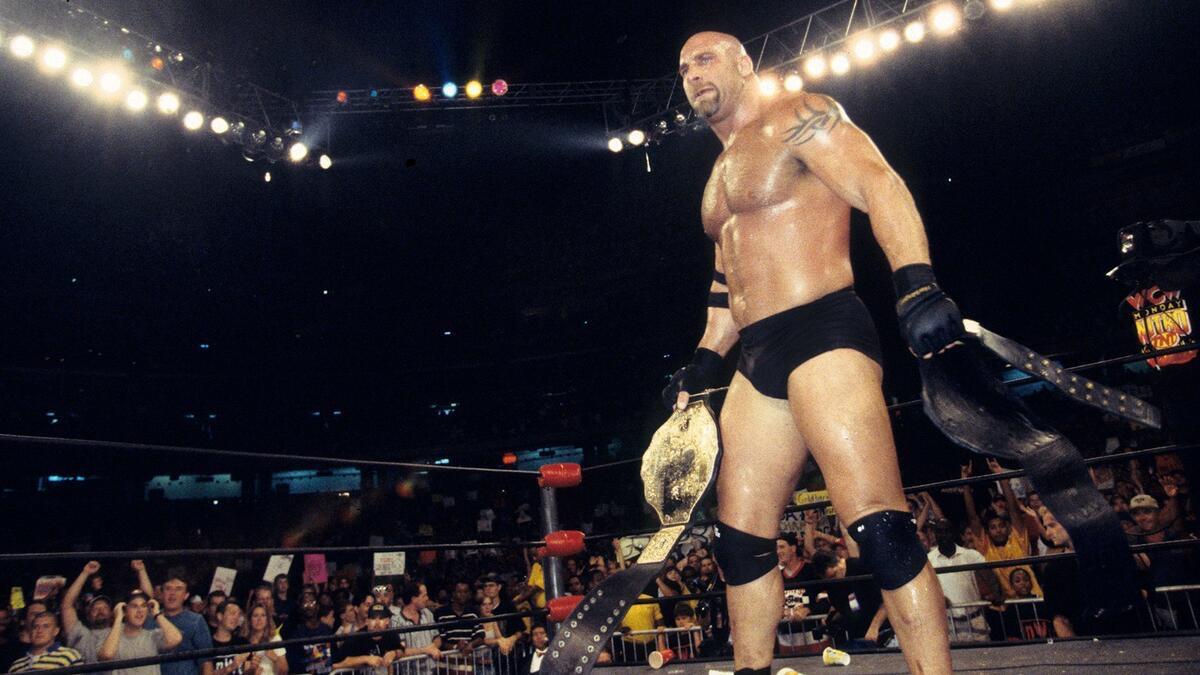
107-0 may not have been scripture, but it was the new world champion's canonical win-loss record. Goldberg was also a streak buster, as Nitro did trounce Raw on the night with the big title match, although many have argued the match should have been saved for pay-per-view and a monster buyrate.
For the next month, Goldberg continued picking up wins as champion, exclusively wrestling against Hogan's nWo Hollywood underlings as Scott Hall, The Giant, Curt Hennig, and Brian Adams all did the honours on TV and at house shows for Goldberg. By the end of August 8, Goldberg had reached 123 straight wins.
Over the next month, Goldberg defeated The Giant across numerous house shows, while picking up TV wins over lesser pushed wrestlers like Al Green, Scott Putski, and Rick Fuller. On September 14, the night that Ric Flair returned to WCW after five months of bitter estrangement, Goldberg scored a televised victory over Sting, defeating his fellow babyface in eight minutes in his 132nd straight win.
A week and a half later, Goldberg commemorated one year on WCW's roster by defeating Kanyon and Raven in separate matches at the Thunder tapings. He was 134-0 in just over 365 days.
The Giant also continued being Goldberg's house show dance partner well into the autumn months, while the champ wrestled less frequently on TV.
On October 25, Goldberg had arguably the best match of his still-young career when he defeated Diamond Dallas Page at Halloween Havoc. The match was compromised by the pay-per-view feed cutting prematurely because of the show running long, leading WCW to air the bout in full for free on the following night's Nitro as Goldberg scored another win.
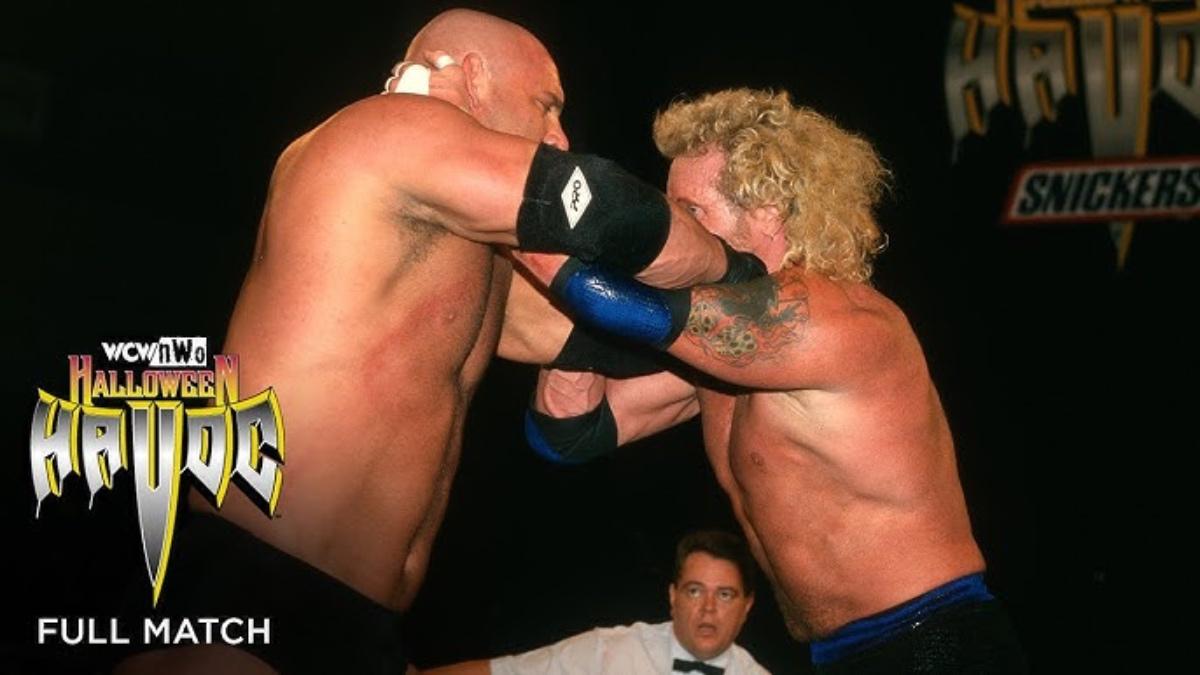
Goldberg then worked a very infrequent schedule in November, winning five house show bouts against The Giant, while defeating Meng on the November 9 Nitro. Entering December, the streak legitimately stood at 151.
Perhaps it was an omen when Goldberg's December began with a couple of non-finishes. A December 7 bout at the Astrodome with the recently-debuted Bam Bam Bigelow ended without a winner, while a three-way with Bigelow and Kevin Nash one week later also proved inconclusive. Three straight house show wins over The Giant mid-month brought the streak to 154, while a win over Hall before 29,000 fans in St. Louis on December 21 was win #155.
That is where the streak ends, however. WCW had claimed the 173-match win streak, allowing for it to be repeated ad nauseum, and thus it became the accepted total. The real number, free of artificial inflation and exaggeration, is 155 wins without a loss.
That first loss came at Starrcade on December 27 at the hands of Kevin Nash, who won the title after Scott Hall interfered and shocked Goldberg with a taser in one of the most controversial booking decisions in pro wrestling history.
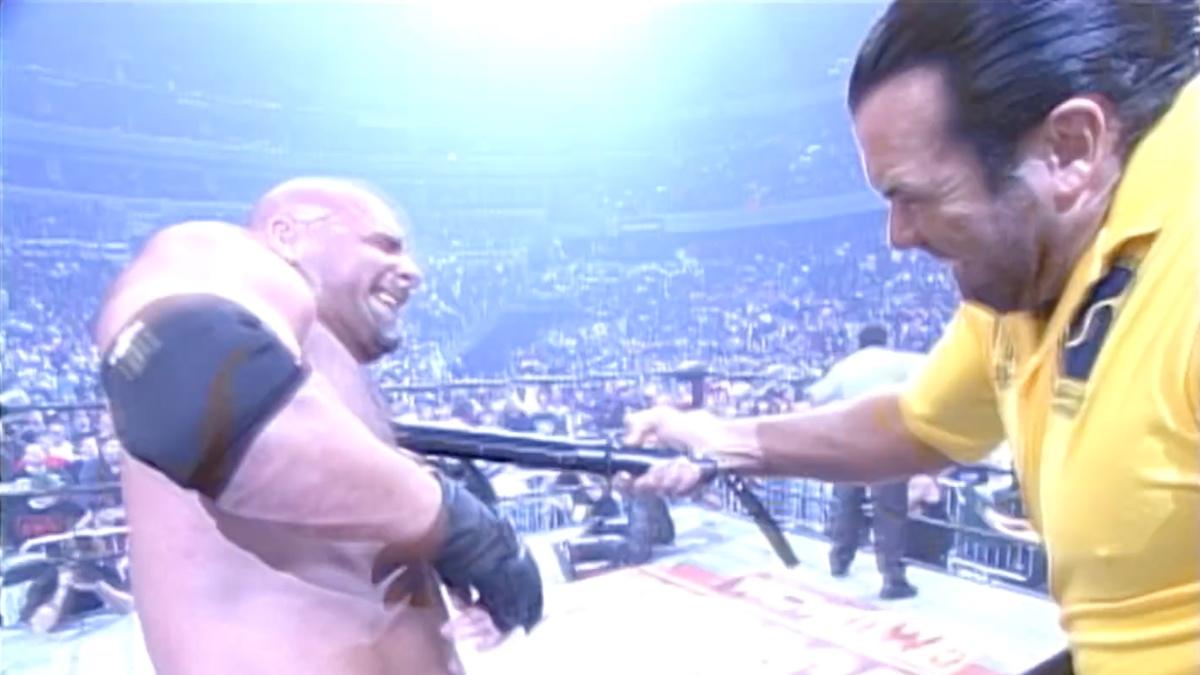
Since the streak ended, Goldberg has remained one of the most recognisable wrestlers to ever step foot inside a ring, synonymous with the period and transcendent as an icon. Something was genuinely lost the day that the streak ended, however, as something like that can't just be replicated instantly. Not only does it take focused booking, but it also requires the organic audience belief in the designated talent. In 1997 and 1998, Goldberg had both, and for inexplicable reasons, they were thrown away.
Nonetheless, the streak has endured in the minds of many. Later in his WCW run, Goldberg was tasked by enemy Vince Russo with trying to recreate his win streak, where one loss would cost him his job.
Goldberg also spawned comparisons whenever another brawny heavyweight would begin amassing their own winning streak. Ryback, Wardlow, Brock Lesnar, and others have been put side by side with the former WCW Champion, who is inarguably the modern-day measuring stick for those monster pushes.

The only thing that taints the streak - besides the ending and the surrounding farces - was the unnecessary fudging of the actual win total. Exaggeration has long been part of wrestling, but there was no need for WCW to fake Goldberg's win column.
Controversies aside, the 15-plus month winning streak of Bill Goldberg is a cornerstone of WCW lore. It was a tribute to how a wrestler with no established history can walk in one day and become a near-instant sensation, winning over legions of fans without having to reinvent the wheel. The push and the presentation were so simple, but the organic response has been extremely hard to duplicate.